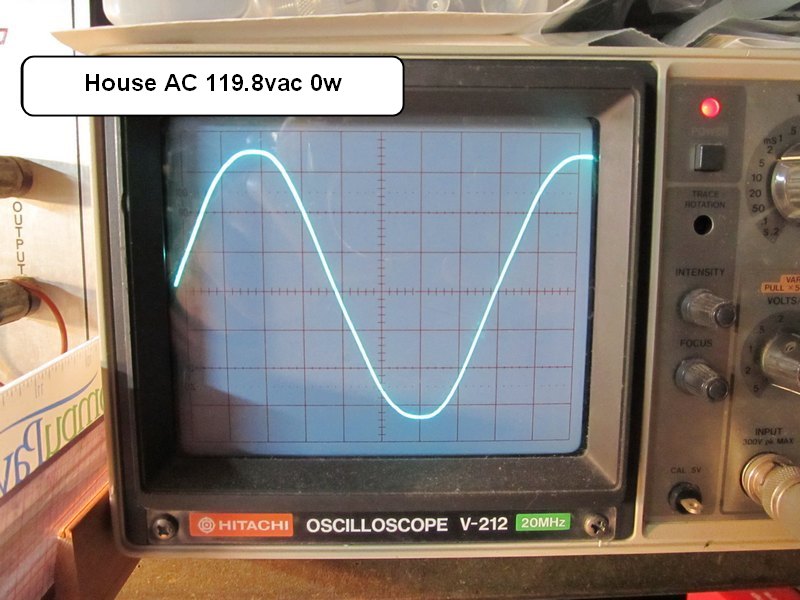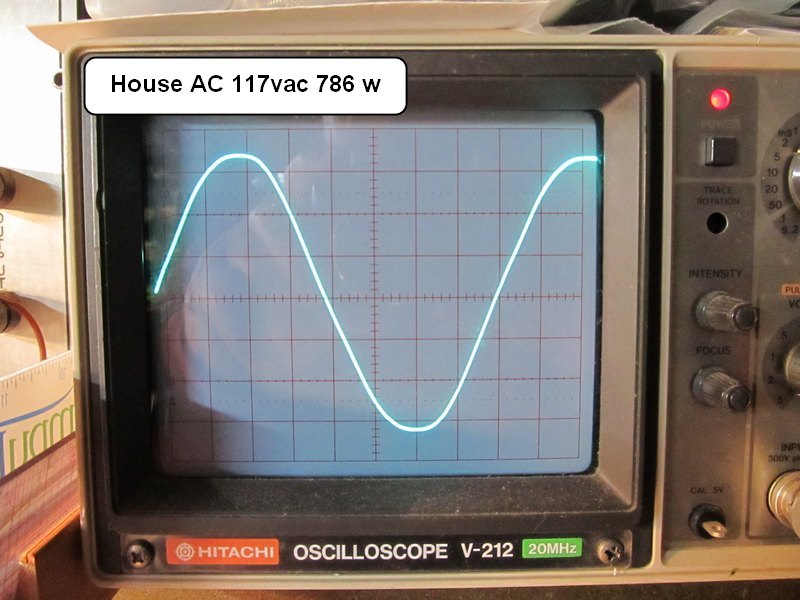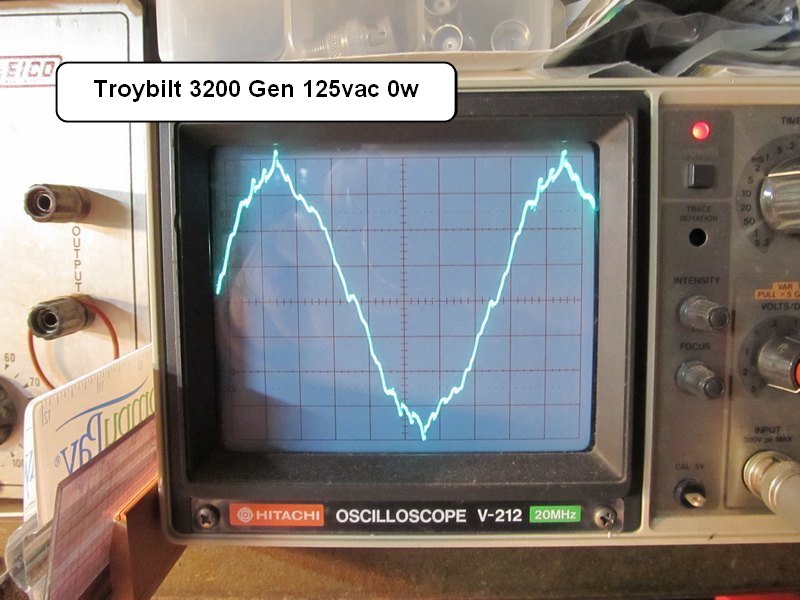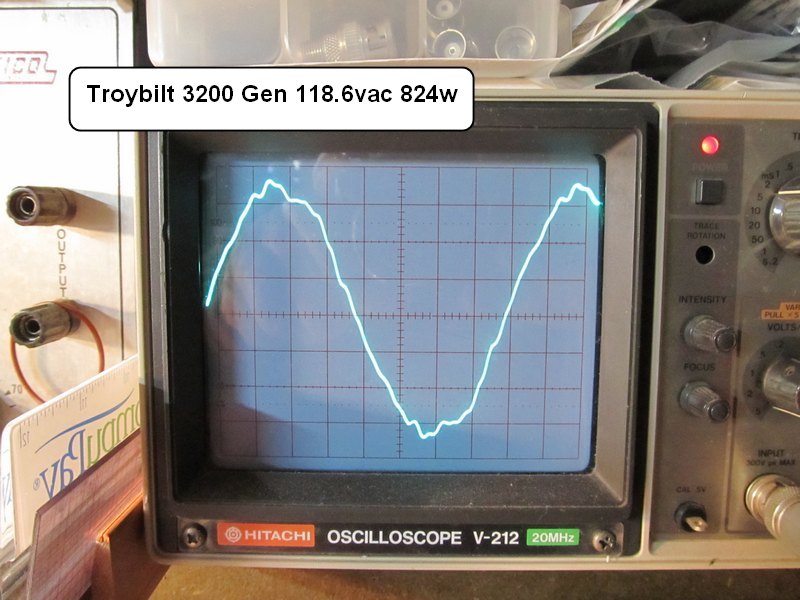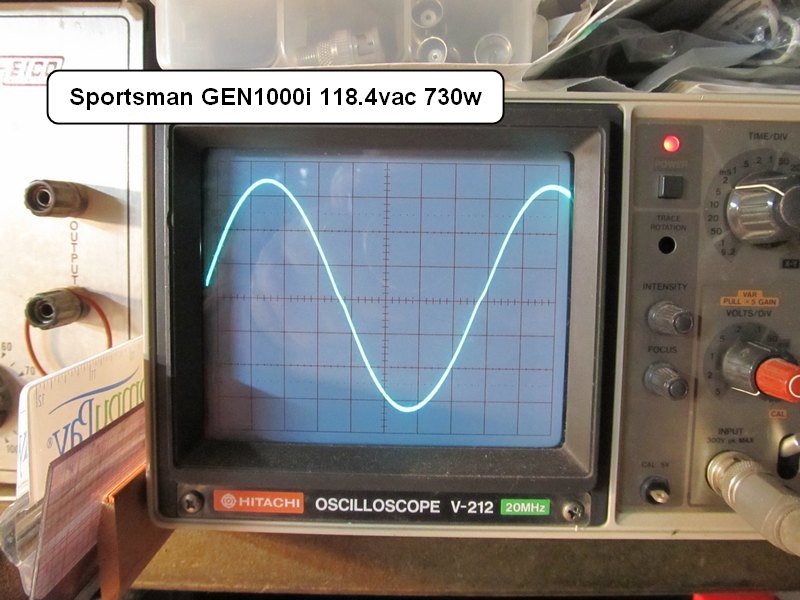A non-inverter generator does put a sine wave, but due to fluctuations in the speed of the engine the voltage output can vary as well as the frequency a bit. I'm guessing it would be the voltage variance that some pellet stoves don't like and not so much the small frequency changes. I tried this with my own 3200w generator and monitored with a Kil-A-Watt meter. The generator nominally put out 116vac with no load and when I put on a 10 amp load dropped to about 112vac. The frequency remained within about 1 hz or less from a nominal 59.8hz.
I came across a couple AVR's that would regulate the output voltage for a fairly wide range of input. I believe either would be able to carry a pellet stove load easily including the ignitor.
Anyone using one of these?
APC LE1200 Line-R 1200VA Automatic Voltage Regulator
Amazon product ASIN B00009RA60
Tripp Lite LC1200 Line Conditioner (also provides surge protection)
Amazon product ASIN B0000512LA
I came across a couple AVR's that would regulate the output voltage for a fairly wide range of input. I believe either would be able to carry a pellet stove load easily including the ignitor.
Anyone using one of these?
APC LE1200 Line-R 1200VA Automatic Voltage Regulator
Amazon product ASIN B00009RA60
Tripp Lite LC1200 Line Conditioner (also provides surge protection)
Amazon product ASIN B0000512LA



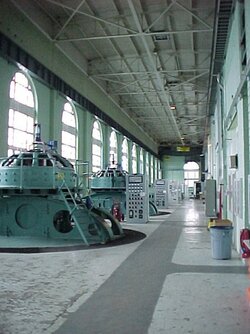
 .
. .
.